Chuvash folk music is the traditional music of the Chuvash people, a Turkic-speaking group living primarily along the middle Volga in today’s Chuvash Republic (Russia). It is strongly vocal-led, with solo songs and antiphonal or responsorial group singing that often settles into rich heterophony—multiple voices ornamenting the same melody at once.
Melodies tend to be modal (frequently pentatonic or anhemitonic) with narrow to moderate range, steady stepwise motion, and clear, syllabic text-setting that foregrounds the Chuvash language. Repertoires include ritual calendar songs, wedding cycles, work songs, lullabies, laments, humorous couplets, and dance tunes. Traditional performance was largely a cappella; in modern village and stage contexts, the button accordion (garmon), violin/fiddle, flute/pipe, jaw harp, and hand percussion are common accompaniments.
Rhythmically, the music favors grounded duple and lively compound meters suitable for circle and line dances. Poetic imagery of nature, agricultural life, and communal memory is central, and Christian and pre-Christian (pagan) strands coexist in the corpus.
Chuvash folk music descends from the everyday and ritual soundscapes of the Chuvash people, whose ancestors settled along the middle Volga. Before formal documentation, songs were embedded in agricultural calendars, weddings, funerals, and communal feasting, with women’s voices especially prominent in lullabies, laments, and work songs. Pre-Christian practices (seasonal rites, nature invocations) left a durable imprint, later layered with Orthodox Christian observances.
Systematic collecting began in the 1800s under the Russian Empire, when teachers and ethnographers (including Chuvash scholars such as N. I. Ashmarin) transcribed melodies and texts and noted performance practice. By the early 20th century, phonograph expeditions extended documentation, fixing local styles and dialect variants that had circulated orally.
In the Soviet period, folk culture was professionalized: state-supported ensembles, choirs, and orchestras arranged village material for the stage. The button accordion (garmon), folk strings, and woodwinds were standardized in concert settings, and multipart choral textures formalized heterophonic village practice. While some repertoire was ideologically reframed, collecting and archiving intensified, preserving large bodies of songs from different Chuvash districts.
After the 1990s, cultural revival, language preservation efforts, and regional festivals renewed interest in village-authentic performance alongside staged, orchestrated presentations. Young musicians now straddle tradition and fusion, recording archival songs, reanimating ritual cycles, and collaborating with world/folk and academic ensembles, all while centering the Chuvash language as a distinctive musical vehicle.

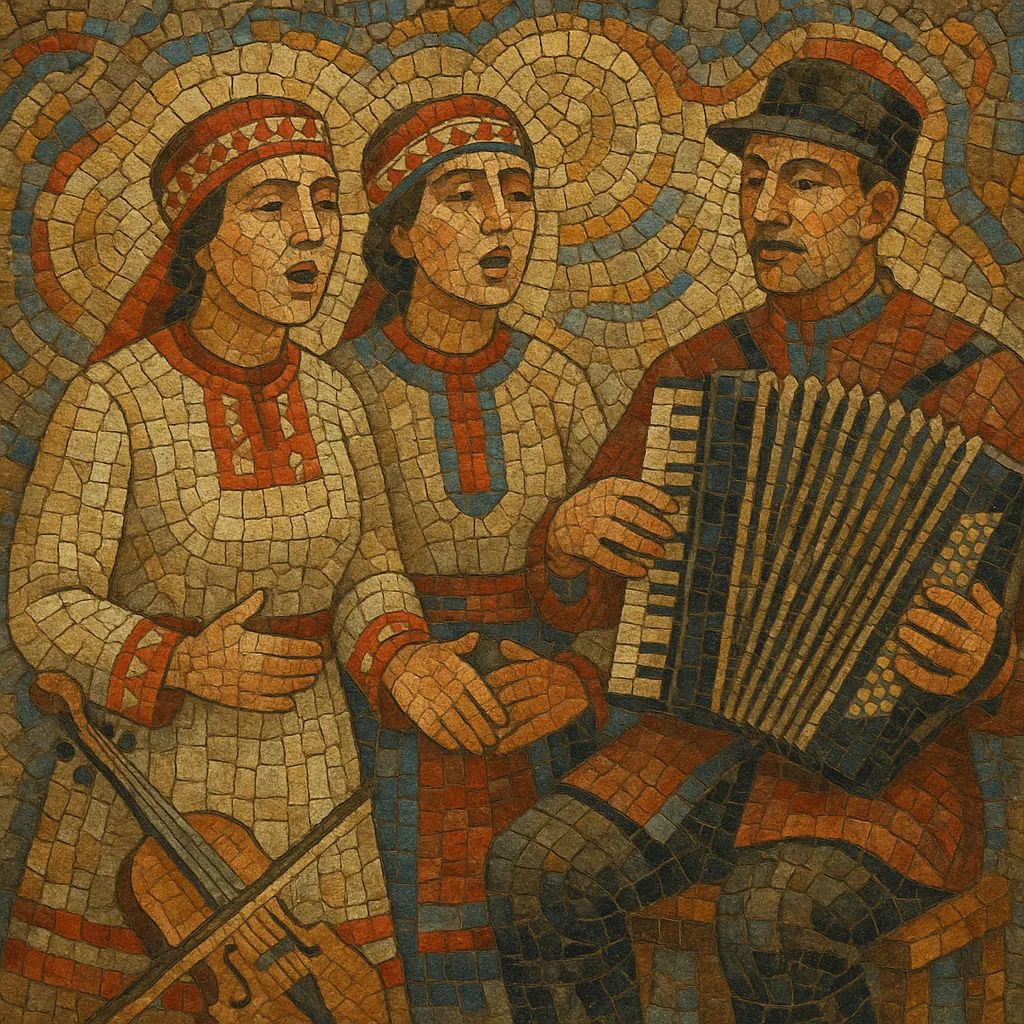
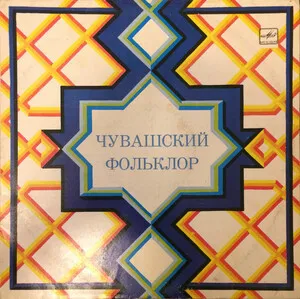%2C%20Cover%20art.webp)
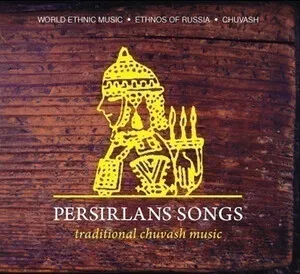
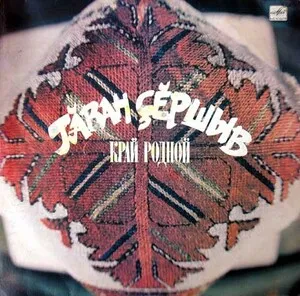%2C%20Cover%20art.webp)
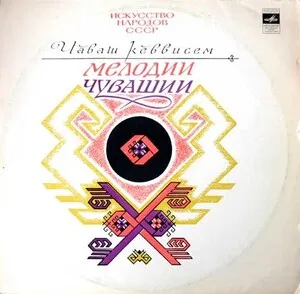
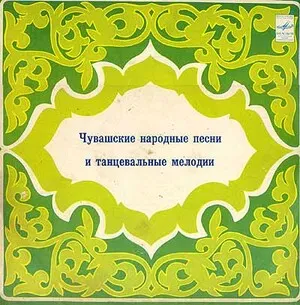
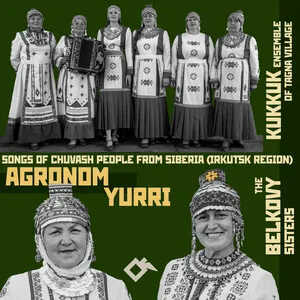%2C%20Cover%20art.webp)
